‘As bad as Japanese knotweed’, people warned of plant that could reduce the value of homes
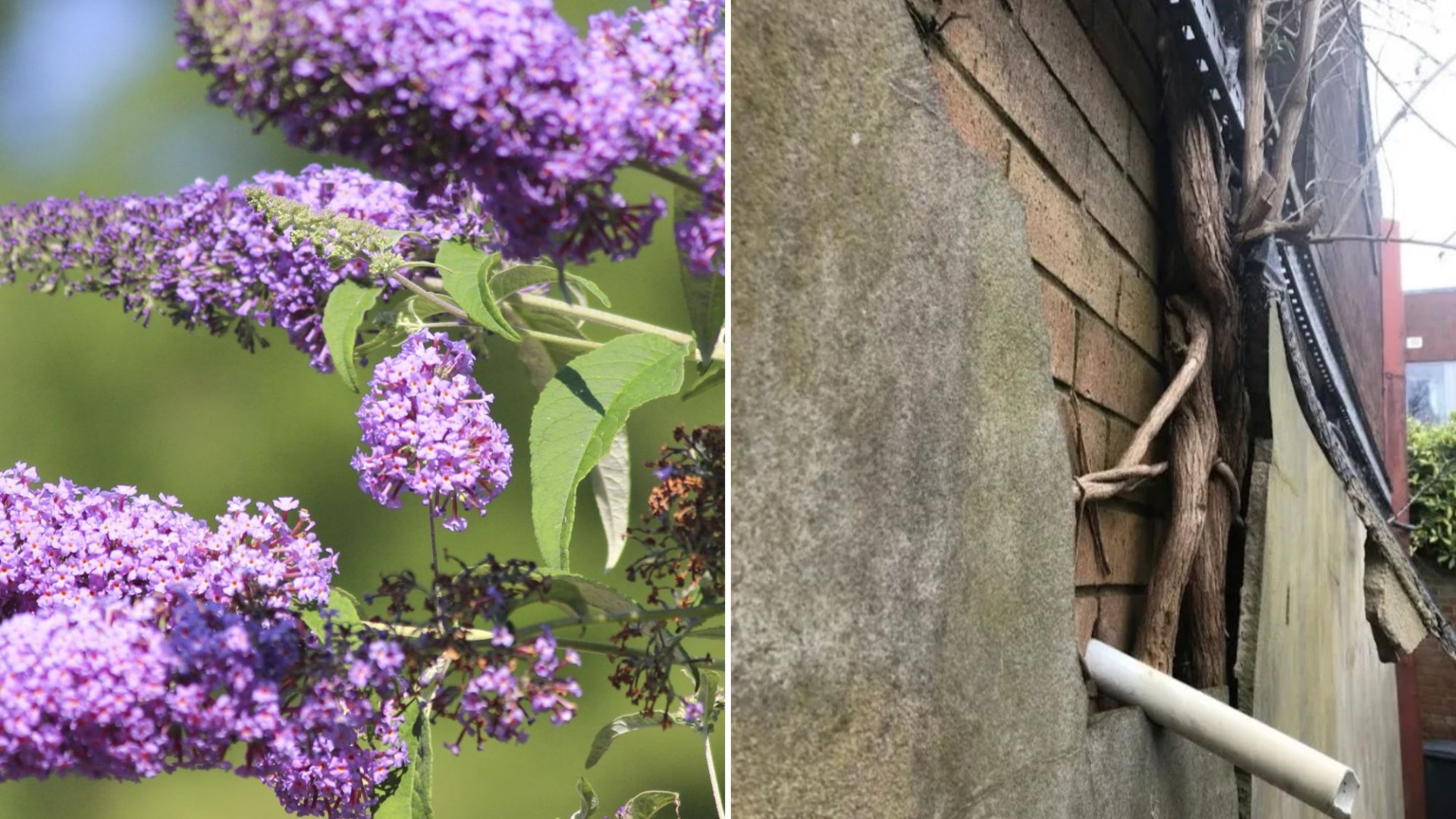
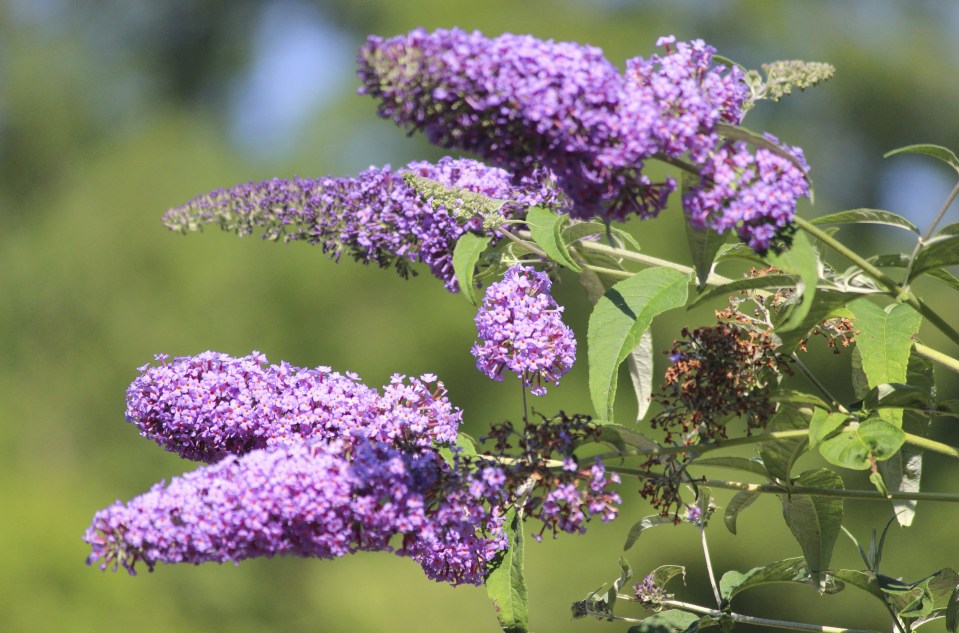
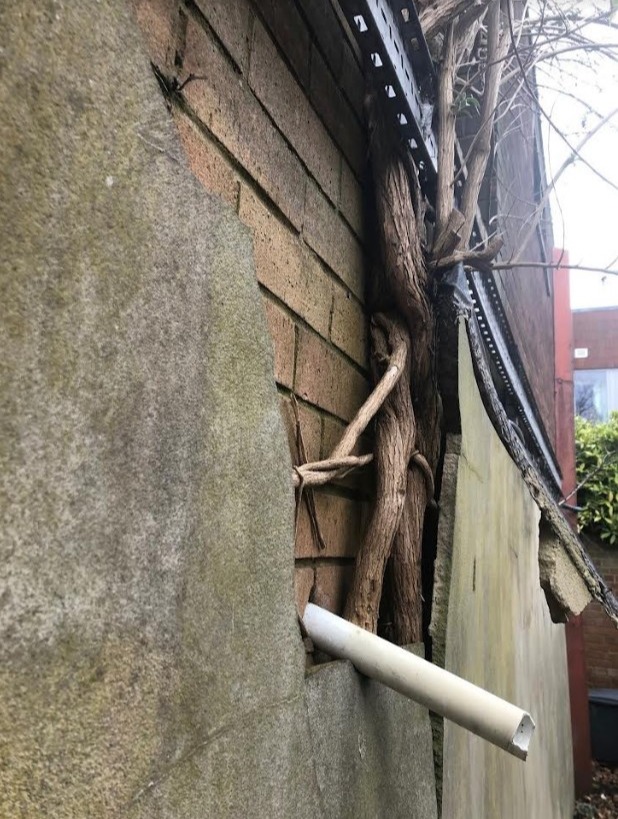
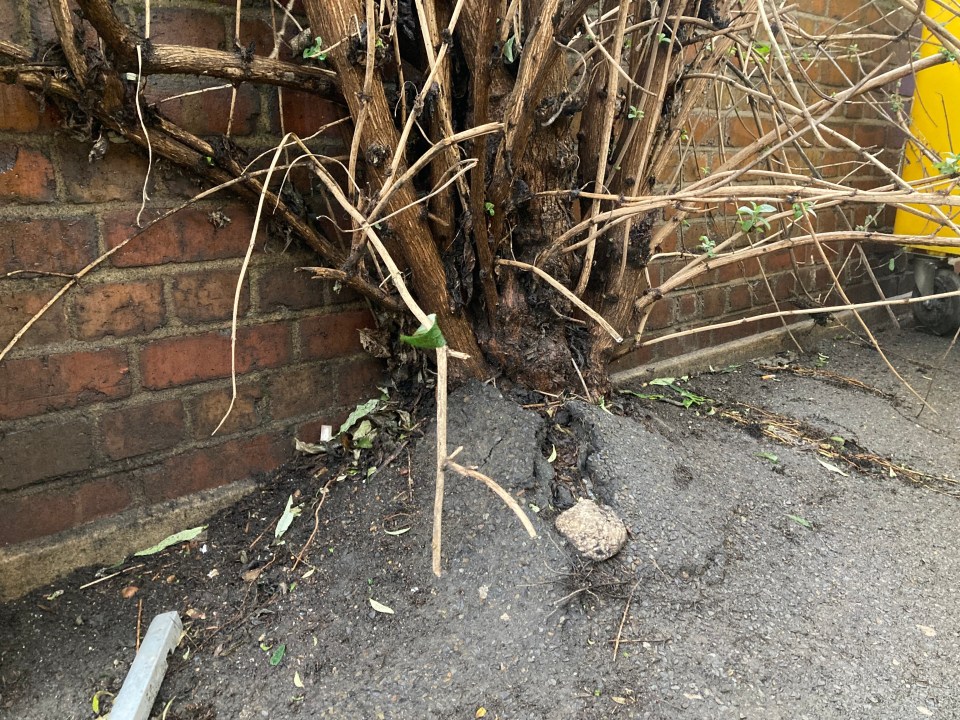
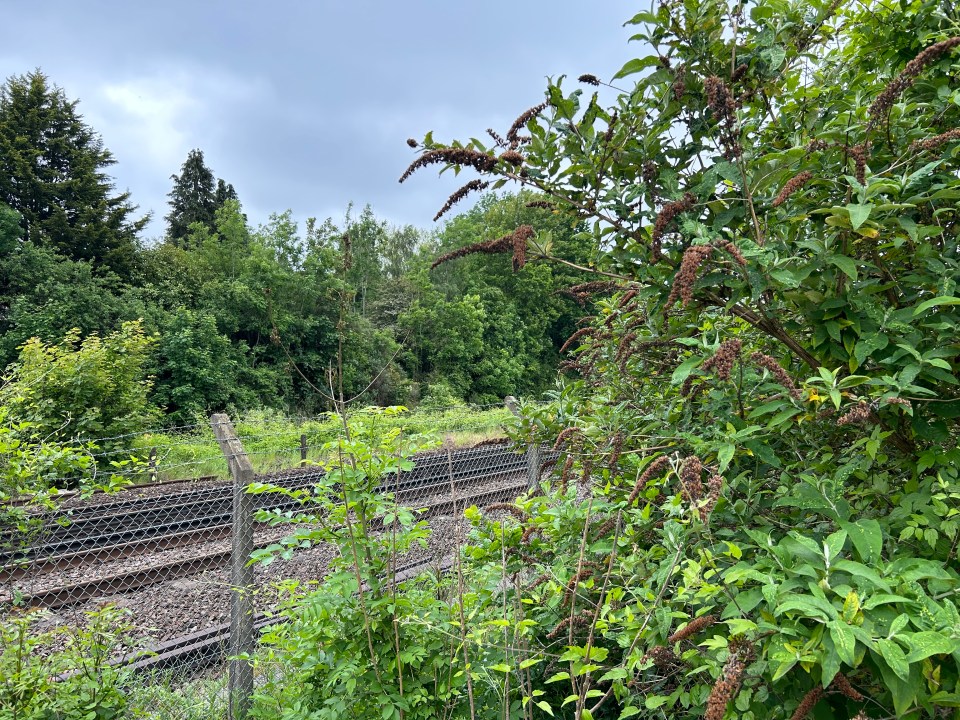
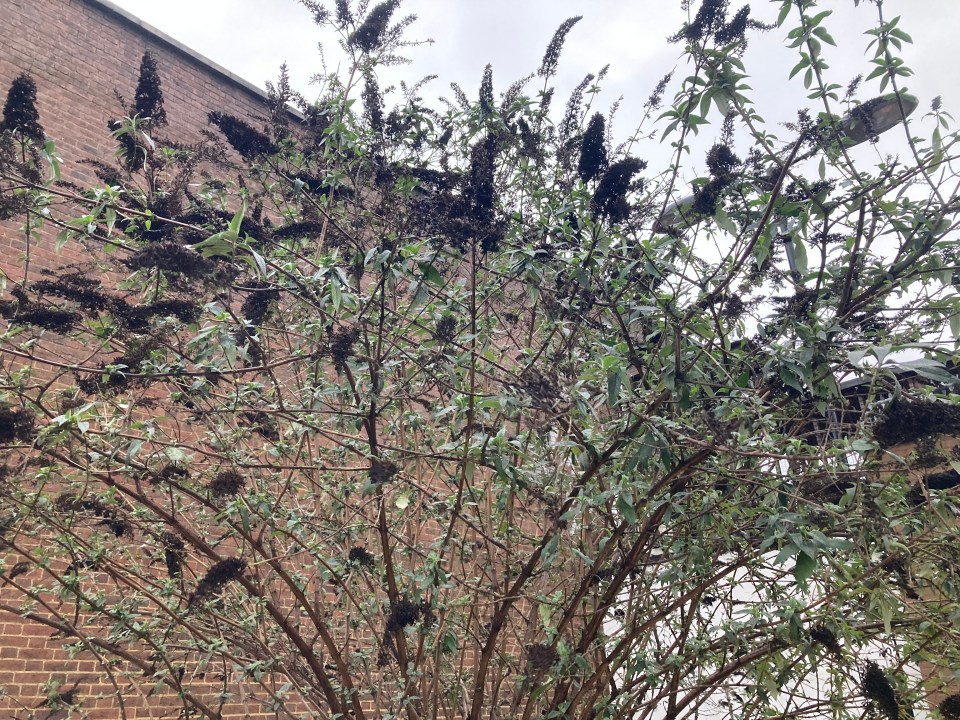
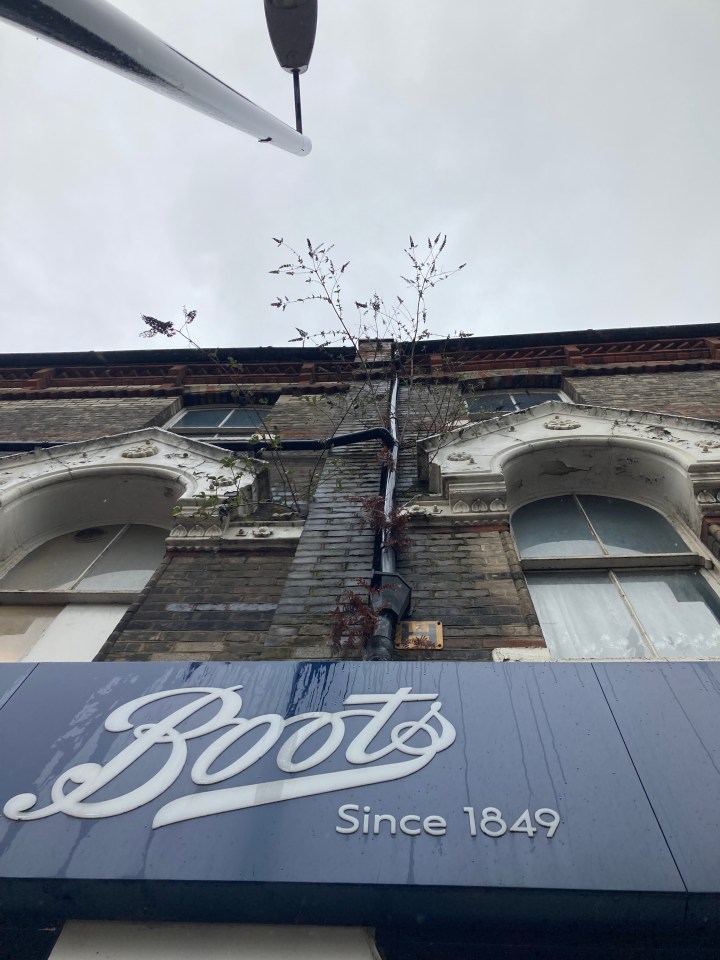
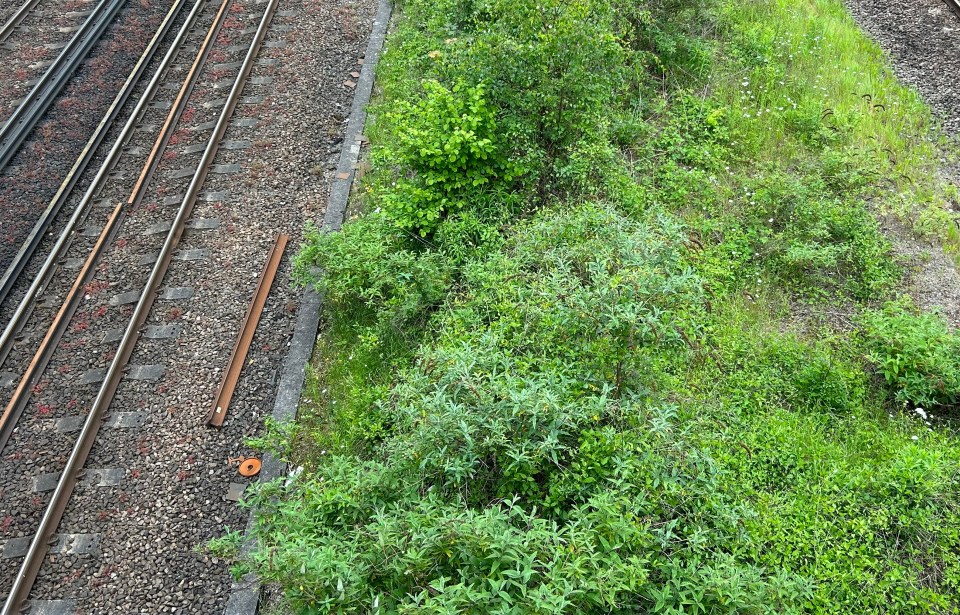
JAPANESE Knotweed may not be the only invasive plant your home is at risk from.
A weed expert has issued an urgent warning about yet another unwanted shrub that could lower the value of your home.
The Department for the Environment, Food and Rural Affairs (Defra) considers the plant an invasive, non-native species.
It has previously caused problems for British railways.
Buddleia davidii, also known as butterfly bush, has been widely planted in wildlife-friendly gardens since its introduction from China.
Some value it for its ability to attract insects.
According to Jonathan Barton, director of PBA SolutionsThe butterfly bush can be more “tricky” than the Japanese knotweed.
He explained that the plant’s “ability to spread through seeds” makes the plant more harmful.
“Those seeds [are] “They can germinate in difficult places, in quite inhospitable conditions,” Barton revealed.
“The fact that butterfly bush can germinate so easily is the reason you often see butterfly bush growing along the sides of buildings and other structures.
“Nine times out of ten, if you look at a building and see a plant growing out of the brickwork or the chimney, it’s a butterfly bush.”
The expert added that the plant seeds can be harmful once they become embedded in the masonry.
“Once the plant has established itself in a wall or roof of a building, it produces fibrous roots that can cause significant damage to buildings as they grow,” he said.
It is estimated that a single butterfly bush flowering stem can produce over 40,000 seeds.
In contrast, Japanese knotweed is the most spreads often by direct rhizome growth, a type of stem-like root that can extend several meters over land.
Only a small part of this can be used by the plant to reproduce elsewhere.
Barton described how damaging the characteristic purple flower can be to buildings.
How to Control Butterfly Bush
An easy way to prevent butterfly bush from spreading is to cut off the flowers before they produce seed.
It is best to let the cuttings dry as quickly as possible and throw them in a sealed bag on the compost heap.
However, if you have a large butterfly bush, this can be difficult or even impossible.
The butterfly bush can be pruned every year. This limits the size of the plant and the number of flowers.
“The butterfly bush can reproduce and quickly cause damage in difficult places. That is why it is a problem that deserves more attention,” he explains.
“The demand for butterfly bush removal is growing every year as more and more property managers call on our expertise.
“We have seen buildings destroyed by butterfly bushes and railway arches also regularly fall victim to butterfly bushes.
“The need for immediate eradication by many people will result in large-scale demolition and rebuilding of walls and roofs damaged by the plant.”
Barton explained how to remove this pesky weed.
“It’s an obvious choice to use herbicides, but that works less well on older plants,” he says.
“[They] are only fully effective if there is a structured treatment regimen that is completed over several years.
“However, a project developer carrying out renovations wants the butterfly bush to be completely eradicated within a short period of time.
“When renovating a building, walls and other building structures are often completely demolished, which means that butterfly bush can cause a lot of damage.
“Network Rail reports that Buddleia is one of the most prevalent weed species, outcompeting other species and damaging ecosystems.”
“Buddleia has been planted in recent years because it is attractive to insects and is often recommended to attract wildlife to gardens,” said Mike Clough, CEO of Japanese Knotweed Solutions Ltd.
“This could lead to damage to buildings in the future if homeowners plant too close to buildings.
“Buddleia can cause a lot of damage to buildings and hard surfaces. Network Rail considers the two species to be very similar in terms of the damage caused.”











